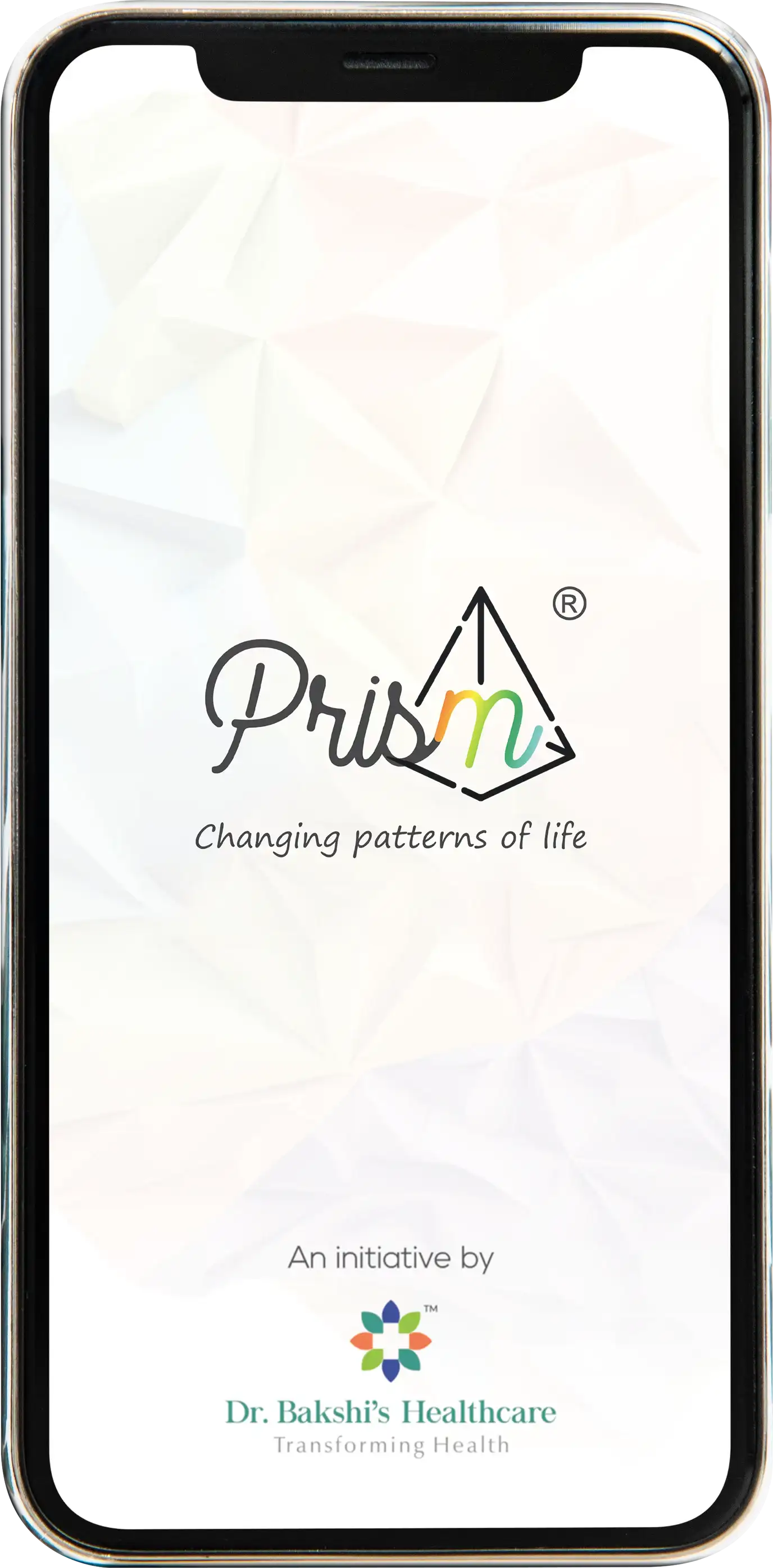
Risk factors
Signs and Symptoms of Anxiety
Persistent Worry
Uncontrollable and excessive concern about various aspects of life, even when there is no immediate cause for alarm.
Restlessness
A constant sense of being unable to relax or feeling on edge, often accompanied by difficulty sitting still.
Fatigue
Ongoing tiredness and mental exhaustion, even after adequate sleep or rest.
Difficulty Focusing
Challenges with concentrating or mental blocks that make it hard to stay on task or make decisions.
Irritability
A heightened sensitivity to stressors, leading to frustration or anger over small, everyday issues.
Sleep Disturbance
Difficulty getting restful sleep, whether it's trouble falling asleep, staying asleep, or waking up feeling unrefreshed.
Muscle Tension
Persistent tightness or discomfort in muscles, often in the neck, shoulders, or back, due to stress.
Physical Symptoms
Manifestations of anxiety such as increased heart rate, sweating, dizziness, or stomach problems.
Anxiety Screening Tools for Adults
Accurate assessment is crucial for managing anxiety effectively. Commonly used tools include:
Why choose Prism?
Prism is a comprehensive mental health application designed to help individuals manage their anxiety effectively. With a range of features tailored to support well-being, Prism provides:
FAQs
Anxiety is a natural response to stress, often characterized by feelings of worry, nervousness, or fear. It becomes problematic when it occurs frequently or intensely, affecting daily functioning.
Signs of anxiety include constant worry, restlessness, rapid heart rate, difficulty concentrating, and physical symptoms like dizziness or sweating. If these symptoms impact daily life, it may be time to seek help.
Common anxiety disorders include generalized anxiety disorder (GAD), panic disorder, social anxiety disorder, and specific phobias.
Anxiety is typically diagnosed through a clinical interview with a mental health professional. They may use standardized assessment tools, such as questionnaires or rating scales, to understand the severity and frequency of your symptoms.
An anxiety assessment involves evaluating an individual's symptoms, behaviours, and triggers using interviews, questionnaires, or standardized tests. It helps determine if the person has an anxiety disorder and how severe it is.
Questions may include: "How often do you feel anxious?" "Do you avoid certain situations due to fear?" "Do you experience physical symptoms like sweating or a racing heart?"
Yes, anxiety can often be managed through therapy, lifestyle changes, relaxation techniques, and mindfulness practices. Cognitive-behavioural therapy (CBT) is a highly effective treatment that focuses on changing negative thought patterns.
After an anxiety assessment, a mental health professional will discuss the results and recommend a treatment plan, which may include therapy, medication, or a combination of both, depending on the severity of the anxiety.
Anxiety assessments are typically conducted when symptoms are first noticed or when there's a change in the intensity of anxiety. Regular check-ins may be needed to monitor progress and adjust treatment plans if necessary.



